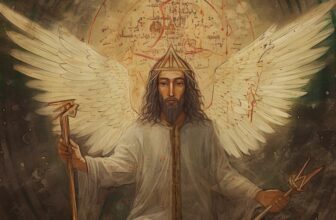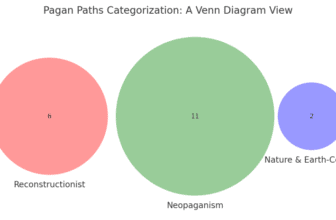
Table of Contents
Imagine a religion that values every life so deeply that its followers avoid eating root vegetables to prevent harm to tiny organisms in the soil. A belief system where the pursuit of non violence, truth, and self control form the core.
Its followers may be few in numbers, but their influence resonates globally, noted for their commitment to peace and respect. This is Jainism, one of the oldest and most unique religions in the world.
Jain’s practice and doctrine may seem extreme to Western minds, but there’s a reason behind all of their principles. Let’s find out more about one of the oldest and more fascinating religions of the East.
Origins of Jainism

Much like Buddhism and Hinduism, Jainism originated in India, somewhere between the 8th and 5th centuries BCE. It was at this time that great spiritual leaders, often referred to as ford makers or Tirthankaras, formed the fundamental principles of Jainism.
Archeology has a different answer to the question of Jain’s origin. Some artifacts unearthed in the Indus Valley suggest that the first evidence of Jainism comes from the time of Parshvanatha, one of the Tirthankaras, who lived in the 8th century BCE. That is, more than 2,500 years ago. This makes Jainism one of the oldest religions in the world still active today. While some sources claim Jainism was in existence before the Vedas were composed (between 1500 and 1200 BCE), this is highly disputed.
Who are the Ford-Makers?
Even though Jains believe in repeated cycles and “eras,” they don’t credit this to a God or divine creator. Instead, they revere their ford makers, mortals who had attained enlightenment, or “Moksha”, delivering them from the perpetual cycle of life and death.
But why are they called ford makers? Because they’re enlightened beings who bridged the river of eternal life and death to create a path for the rest of their disciples. They show the way to enlightenment. A ford maker is born every cycle of the world. According to Jainism, the most recent was Mahavira, who lived during the 6th century BCE and stands in for the current cycle.
So, with 24 Tirthankaras recorded already, and a single cycle spanning over 2000 years, these cycles hint at an unfathomably long spiritual history.
Karma in Jainism
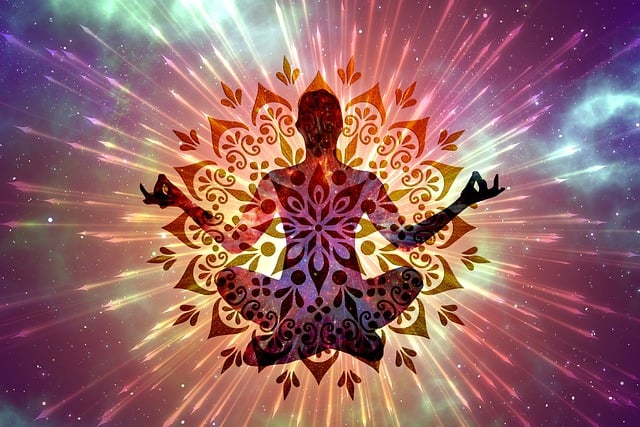
Jains believe that karma is a physical substance that clings to the soul and affects its purity. Actions, thoughts, and words can generate karma, and this karmic matter is believed to bind itself to the soul, affecting its ability to reach liberation.
Bad karma, accrued through harmful actions or intentions, weighs down the soul, keeping it trapped in the cycle of birth, death, and rebirth.
Therefore, living a life of virtue and mindfulness is seen as essential in Jainism to minimize the accumulation of bad karma and aid in the soul’s journey towards liberation.
Main Principles of Jainism
Jains believe that following the three jewels of Jainism can help them achieve enlightenment and transcend suffering. These are right belief, right knowledge, and right conduct. These pillars divide further into several principles.
Right Conduct
Right conduct separates into five tenets or as the Jain like to call them: “The five great vows.” These include non-violence (ahimsa), truth (Satya), non-stealing (Asteya), chastity (Brahmacharya), and non-attachment (Aparigraha).
These can be regarded as simple rules that can help a Jain avoid accumulating as much bad karma as possible and help them to uphold the other two jewels, “right” beliefs and right knowledge.
1. Non-Violence
Of these, non-violence is of supreme importance and takes center stage in Jainism. In Jainism, pacifism is the primary tenet. Which is why Jains believe that preventing harm to any creatures, even microscopic ones, is very important.
Most Jains are die hard vegans or vegetarians, some going so far as to cover their mouths and noses to avoid breathing in tiny organisms and killing them.
But veganism and face masks are just the tip of the iceberg.
They are so determined to uphold non violence that they go so far as to avoid root vegetables and fermented foods, believing it to harm the micro-organisms in the soil and those that formed or perished during the fermenting process.
Eating, or even the act of farming or harvesting, food items such as potatoes, garlic, onions, vinegar, bread, beer, and wine is considered taboo and a magnet for bad karma.
2. Truth
In regards to their second vow, truth or satya, Jains tend to emphasize personal responsibility. They believe that “truth” and accountability are just as important to propel one’s soul toward enlightenment.
Because of this, their society has a strong focus on meditation, fasting, and rituals intended for spiritual development. A very modern concept, Jainism expounds that truth is multi-faceted. There is no absolutes when it comes to the truth.
This is the concept of Anekantavada, or the “multiplicity of viewpoints”.

An excellent way to understand this concept is through the story of the blind men and the elephant. Each of the blind men touch a different part of the elephant and make an assumption as to what it is. They come up with different interpretations, with each thinking that their view is the absolute truth. But in reality, they’re all correct and incorrect at the same time.
This tale brings to light an important truth: reality can be perceived differently based on one’s perspective and no single point of view can encapsulate the entire truth. Similarly, Jains believe that beings in this endless cycle of samsara can only realize a fraction of the truth of reality. As such, only someone who has achieved true enlightenment will see, or comprehend, the entire reality of our universe.
So in a sense, Jainism humbles its followers and highlights the importance of maintaining tolerance, non-absolutism, and pacifism. They believe that truth is complicated and the path to realizing it requires unending commitment to the three pillars of Jainism. According to Jainism, religions, and doctrines that claim to hold the absolute truth or “exclusive” secrets of the universe tend to foster intolerance and exclusivity, preventing them from exploring the truth.
3. Non stealing
In Jainism, non-stealing, known as Achaurya or Asteya, is one of the five major vows that both ascetics and laypeople are encouraged to follow. Jains are not supposed to take anything from another person, which is not expressly given to them by that person. Monks who have taken the “great vows” must also ask for permission to take the gifts received.
But it goes beyond physical objects. It is not merely the abstention from taking what isn’t rightfully one’s own but extends to the very thought or intent of possession. Asteya emphasizes not only the physical act of theft but also condemns the underlying desires and intentions that might lead to such an act.
What’s more, Jainism posits that taking more than what is necessary, even if it’s rightfully owned or earned, is a form of theft. This is because hoarding or overconsumption deprives others and harms the environment. By practicing Achaurya, one cultivates a sense of contentment, integrity, and respect for the resources and rights of others. This is minimalism and
4. Chastity
Brahmacharya, often translated as chastity or celibacy, is another essential vow in Jainism. For monks and nuns, this vow is absolute, requiring complete celibacy and the renunciation of all sensual pleasures.
For laypeople, it is interpreted as fidelity to one’s partner, emphasizing the importance of loyalty and the sanctity of the marital bond. Brahmacharya is not just about controlling physical desires; it’s about mastering one’s senses and attachments, directing one’s energy towards spiritual growth and enlightenment.
In the broader context, it also means exercising restraint in speech and actions, preventing harm or hurt to others. By adhering to Brahmacharya, Jains believe that individuals can break free from the cycle of birth and death, as uncontrolled desires are seen as a significant impediment to spiritual progression.
5. Non-Attachment
The tenet of non attachment has a more extreme connotation in Jainism. For the uninitiated, it may appear to border on religious fanaticism. Jains take the concept of non attachment to the point where certain sects renounce owning or wearing even clothes.
There is even a practice known as “Santhara” or “Sallekhana,” which involves fasting to death. Primarily undertaken by the elderly, or those suffering from terminal illnesses, fasting to death is just as it sounds. An individual practicing “Santhara” renounces all desires and worldly attachments, including the need for sustenance. They then start meditating, and gradually reduce their intake of food and water until starvation, illness, or old age overcomes them.
Although perceived as suicide by non followers, this practice is highly regarded in Jainism as a peaceful and voluntary process. It’s viewed as the “ability to embrace death with full knowledge and responsibility.”
Today, however, this practice has generated a lot of controversy and legal debate, since it brings into focus ethical considerations centering around the right to life and the right to die.
Jain Cosmology
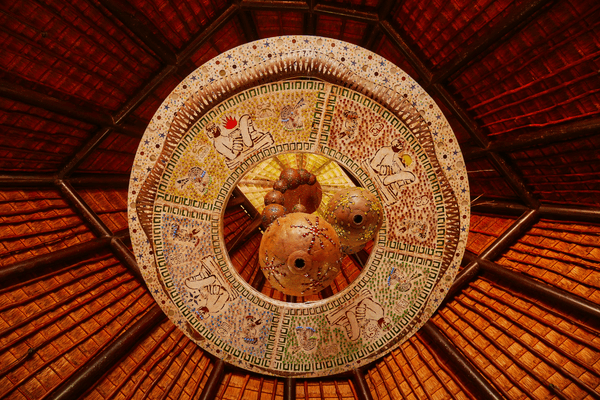
To the Jains, the universe is infinite, eternal, and self fulfilling. It’s always existed in its current form and wasn’t created by a god or divine being. It consists of several realms known as lokas. Souls are eternal and live in these lokas following a circle of life, death, and rebirth. Consequently, the Jain universe has three parts: The upper world, the middle world, and the lower world.
Jains believe the universe operates on fundamental laws that don’t require supervision from a greater being. It is a self-regulating system, where time is cyclical and has periods of generation and degeneration. These two periods are half cycles and are inescapable. Nothing can indefinitely get better with time. At the same time, nothing can be bad all the time.
Currently, Jain teachers think we are living through a period of sorrow and religious decline, but in the next half cycle, the universe will be reawakened to a period of incredible cultural and moral renaissance.
Differences Between Jainism, Buddhism, and Hinduism
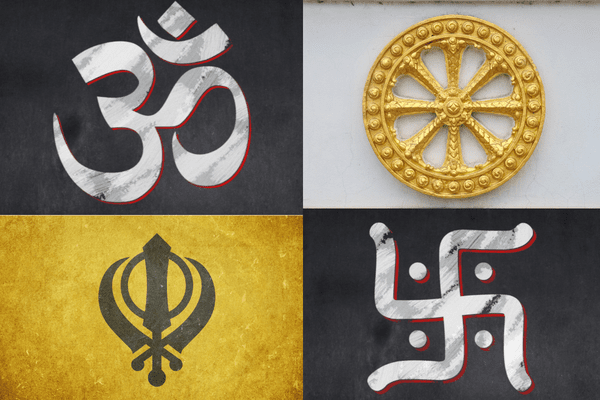
If you have been carefully reading this article, you may think it all sounds like other Indian religions. In fact, Jainism, Hinduism, Sikhism, and Buddhism, all share beliefs such as rebirth and the wheel of time and are rightfully called the four Dharmic religions. They all have similar moral values such as non-violence and believe spirituality is a means to reach enlightenment.
But Jainism is unique in it’s emphasis on non-violence, extending even to microorganisms. Additionally, while all these religions recognize karma, Jainism uniquely believes that every living entity, including plants and microorganisms, possesses a soul. Their ascetic practices, aiming for spiritual purification, surpass the rigor found in both Buddhism and Hinduism.
The theological foundations also distinguish them. Hinduism is rooted in the Vedas with a myriad of deities, Buddhism revolves around Buddha’s teachings, and Sikhism is monotheistic with teachings from the Guru Granth Sahib. In contrast, Jainism doesn’t have a creator god but rather follows the teachings of the Tirthankaras.
In this way, while these four religions share many similarities, Jainism is unique with several distinct practices and values.
The Jain Symbol
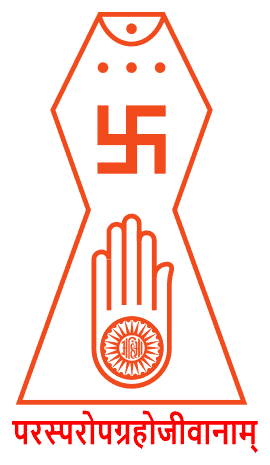
Declared in 1974 and agreed upon by all of the Jain sects, the symbol of Jainism features a hand symbolizing non-violence, with the text at the bottom translating to: “All life is bound together by mutual support and interdependence”.
And yes, that is a swastika there but there’s no need for alarm. The Jains aren’t Nazi’s they simply respect the original swastika. For the jains, the swastika represents the perpetual state of movement of life, which doesn’t follow a linear path, but instead goes through a continuous loop of birth, death, and rebirth.
Jain Flag
The Jain flag consists of five rectangular bands of five different colors, each one representing one of the five vows:
- White: Represents the souls who have overcome all passions and achieved eternal bliss.
- Red: For the souls who have attained salvation through truthfulness.
- Yellow: For the souls who have not stolen from other beings.
- Green: For chastity.
- Blue: For asceticism and non-possession.
Jain Festivals
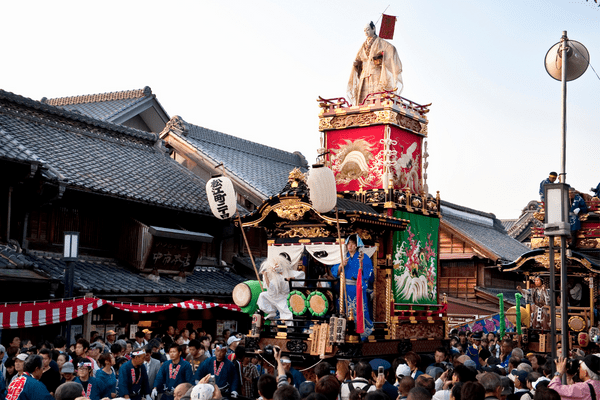
Not everything about Jainism is about celibacy and abstinence. The most important annual Jain festival is called the Paryushana or Dasa Lakshana. It takes place every year, in the month of Bhadrapada, from the 12th day of the waning moon onwards. In the Gregorian calendar, it usually falls at the beginning of September. It lasts between eight and ten days, and during this time both laypeople and monks fast and pray.
The Jains also take this time to emphasize their five vows. Chanting and celebrating also ensue during this festival. On the last day of the festival, all attendees come together to pray and meditate. Jains take this opportunity to ask for forgiveness from anyone they may have offended, even without their knowledge. At this point, they enact the true meaning of Paryushana, which translates to “coming together.”
Jains Today
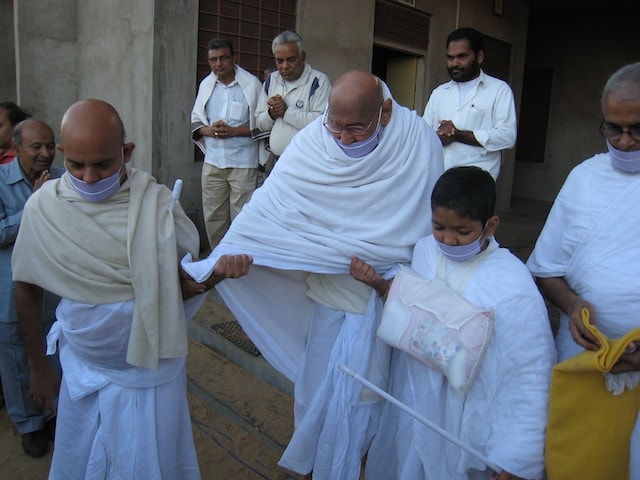
Although nowhere near as popular as the major religions, Jainism is still surviving. More than 4.5 million people around the world identify as Jains. Jains make up just around 0.4% of India’s population.
The average Jain tends to be wealthier and more educated than the average Indian. According to the Pew Research Center:
“Roughly a third (34%) of Jain adults have at least a college degree, compared with 9% of the general public, according to India’s 2011 census.”
Almost all Jains are still strictly vegetarian and still manage to keep up with the old tradition of avoiding root vegetables and fermented foods. Like many Indians, Jains tend to prefer living separately from other religious and caste groups.
But more than these practices, what’s interesting about Jainism is its alignment with modern values, such as environmentalism, tolerance, and ethical living. While it’s true that the rigorous practices, dietary restrictions, and asceticism can be challenging in the modern environment, its core principles have significant relevance. There’s a lot we can learn from Jainism.
Wrapping Up
One of the oldest religions in the world, Jainism is also one of the most interesting. Not only their practices are fascinating and worth knowing, but their cosmology and thoughts about the afterlife and the endless turning of the wheels of time are quite complex. Their symbols are commonly misinterpreted in the Western world, but they stand for laudable beliefs such as non-violence, truthfulness, and rejecting material possessions.
Related articles
Samadhi – The Ultimate State of Mindfulness
What is the Noble Eightfold Path? (Buddhism)
What Does an Upside Down Cross (Inverted) Really Mean?
The Lion of Judah: Origins, Meaning and Symbolism
Zarathustra (Zoroaster) – The Iranian Prophet Who Changed the World




